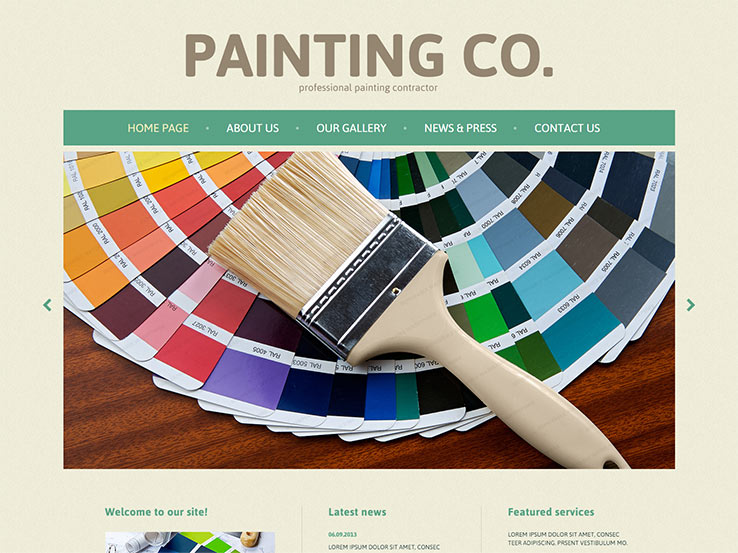Discover The Impact Of Seasonal Components On The Efficiency Of Industrial External Paint And Recognize The Ideal Times To Achieve Long-Lasting Outcomes For Your Project
Discover The Impact Of Seasonal Components On The Efficiency Of Industrial External Paint And Recognize The Ideal Times To Achieve Long-Lasting Outcomes For Your Project
Blog Article
Short Article Created By-Burnham Bagger
When you're planning an industrial outside paint project, seasonal aspects can make or damage your outcomes. showroom floor paint 'll wish to take into consideration just how temperature level and moisture impact paint application and drying out times. Picking the best period can ensure your paint adheres effectively and lasts much longer. But which seasons are truly the best for this kind of job? Let's discover the crucial elements that can impact your job's success.
The Effect of Temperature Level on Paint Application
When you're planning an industrial exterior paint job, the temperature can substantially affect just how well the paint adheres and dries out.
Ideally, you intend to paint when temperature levels range in between 50 ° F and 85 ° F. If it's also cold, the paint might not cure correctly, resulting in concerns like peeling or cracking.
On the other hand, if it's too warm, the paint can dry out also quickly, avoiding correct attachment and leading to an uneven finish.
You must likewise consider the moment of day; early morning or late afternoon uses cooler temperatures, which can be much more favorable.
Always check the manufacturer's referrals for the particular paint you're using, as they typically give assistance on the ideal temperature level range for optimum results.
Moisture and Its Effect on Drying Times
Temperature isn't the only environmental element that influences your industrial exterior painting job; humidity plays a significant duty as well. High humidity degrees can reduce drying times considerably, influencing the total quality of your paint job.
When the air is saturated with wetness, the paint takes longer to heal, which can lead to issues like bad adhesion and a greater risk of mildew development. If you're repainting on a particularly damp day, be planned for prolonged wait times in between coats.
see this site to keep an eye on regional weather conditions and plan appropriately. Ideally, aim for humidity degrees in between 40% and 70% for ideal drying out.
Maintaining these factors in mind ensures your job remains on track and delivers a long lasting finish.
Best Seasons for Commercial Exterior Paint Projects
What's the very best season for your commercial exterior paint jobs?
Spring and early loss are generally your best choices. Throughout these periods, temperature levels are mild, and humidity levels are usually lower, developing ideal problems for paint application and drying.
Prevent summer's intense heat, which can trigger paint to completely dry also rapidly, resulting in inadequate adhesion and finish. Likewise, winter's chilly temperatures can hinder appropriate drying and curing, taking the chance of the durability of your paint job.
Go for days with temperature levels in between 50 ° F and 85 ° F for optimal results. Remember to check the regional weather report for rainfall, as wet problems can wreck your project.
Planning around these aspects ensures your painting job runs efficiently and lasts much longer.
Verdict
To conclude, intending your business external paint tasks around seasonal considerations can make a considerable distinction in the outcome. By scheduling job during the ideal temperature levels and humidity levels, you'll make certain much better bond and drying times. Bear in mind to watch on neighborhood weather report and select the right time of year-- spring and very early loss are your best options. Taking these actions will help you attain a durable and professional surface that lasts.
